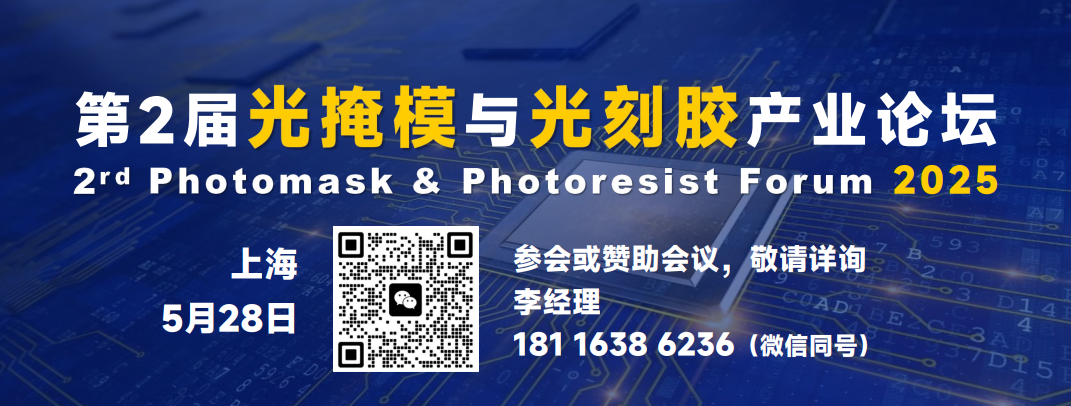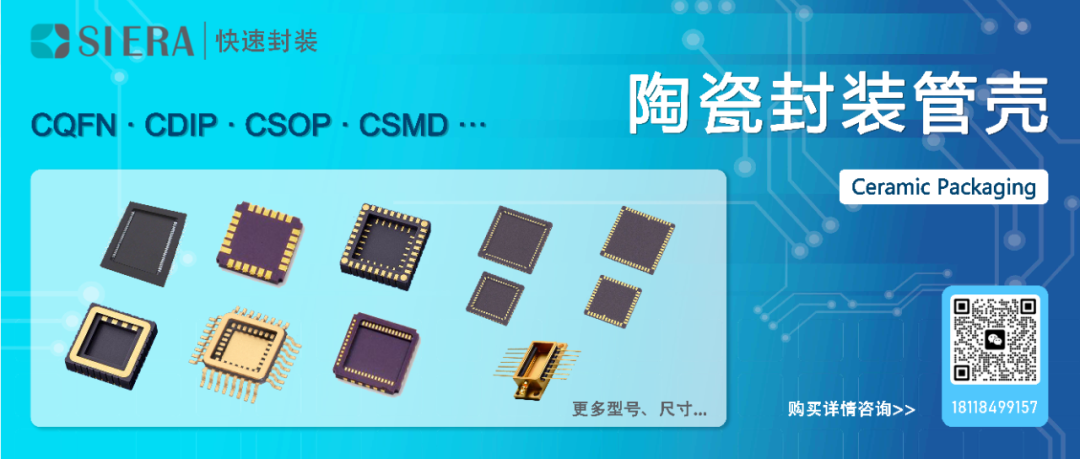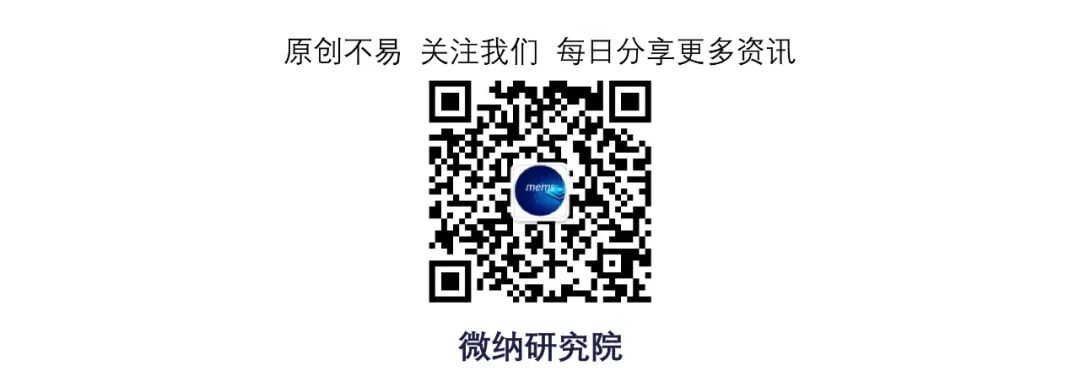

1. Current State of the Chip Design Industry: Opportunities and Challenges
The global semiconductor market is expected to grow by 15% by 2025, with AI, high-performance computing (HPC), and automotive electronics being the main driving forces. However, industry competition is becoming increasingly fierce:
1. Expansion of Mature Process Capacity: The share of China’s mature process (>28nm) capacity has increased from 29% to 33%, which may trigger a price war, putting second and third-tier foundries at risk of losing customers.
2. Differentiation of Technical Barriers: The localization momentum for digital chips (such as AI accelerators) is strong, while analog chips (such as PLLs and power management) still rely on long-term experience accumulation, with high design barriers and slow iteration.
3. Intensified Talent Competition: Companies prefer engineers with tape-out experience, as they can directly drive product realization and reduce trial-and-error costs.
If you want to stay updated, click above to follow and set as a star!
Industry Recommendation: IC engineers need to balance development in technical depth (such as mastering advanced process tools) and breadth (cross-team collaboration skills), while accumulating irreplaceable practical experience through tape-out projects.
2. Why is Tape-out the ‘Rite of Passage’ in Chip Design?
Tape-out is the critical step in transforming design into physical chips, and its importance is reflected in:
1. Verification of Engineering Feasibility
Bridging Theory and Reality: Simulation models cannot fully replicate the physical characteristics of silicon wafers; tape-out can expose hidden issues such as signal integrity and power consumption deviations.
Risk Control: The cost of a single tape-out can reach millions of dollars, and engineers need to optimize designs through pre-validation (such as MPW multi-project wafers) to reduce mass production risks.
2. Multidimensional Enhancement of Engineer Capabilities
Full Process Control: From RTL design and verification to back-end layout and routing, tape-out forces engineers to understand the interconnections and bottlenecks of each stage.
Problem Solving and Innovation: Debugging back-annotated issues (such as timing violations) requires combining EDA tools with physical analysis, driving methodological iteration.
Team Collaboration: Communication with manufacturing plants and packaging testing teams strengthens cross-departmental collaboration skills, which cannot be replaced by purely theoretical projects.
3. The Core Barrier to Career Competitiveness
In corporate recruitment, tape-out experience is a key indicator that distinguishes “theoretical knowledge” from “practical experience”:
Technical Credibility: Successful tape-out proves that the design meets process requirements and has commercial potential.
Reusability of Experience: Mastering skills such as Corner validation and ECO engineering changes allows for quick adaptation to different process nodes.

3. How to Overcome the Scarcity of Tape-out Resources?
Although tape-out is a career necessity, universities and small to medium enterprises often face resource limitations. Here are feasible paths:
1. Participate in Industry-Academia-Research Cooperation Projects
Digital Direction: For example, the Image Processing Accelerator (IPA) project covers the entire process from digital design, verification, DFT to back-end, and 65nm tape-out opportunities can significantly enhance resume value.
Analog Direction: PLL design projects involve high-frequency circuits and layout optimization, aligning with the demands of popular fields such as 5G communication and industrial control.
2. Make Good Use of MPW (Multi-Project Wafer)
Sharing wafers to reduce costs is suitable for prototype validation. Note that MPW cycles are long (6-9 months), so design freeze time should be planned in advance.
3. Standardization of Toolchains and Processes
Mastering tools such as VCS/Verdi simulation and SpyGlass linting, and being familiar with the entire design specification from RTL to GDSII can improve tape-out efficiency.
4. Ultimate Advice for IC Engineers: Prepare Multiple Strategies and Accumulate Knowledge
1. Students and Newcomers: Prioritize topics or training projects that include tape-out opportunities (such as IPA/PLL). If unavailable, accumulate similar experience through FPGA prototype validation or participation in joint projects with companies.
2. Working Engineers: Strive to lead at least one tape-out stage (such as module verification or timing closure) and deeply participate in debugging back-annotated issues to create reusable technical documentation.
3. Industry Observation: Pay attention to the impact of China’s mature process expansion on design demand, and plan in advance for automotive chips, AIoT, and other niche markets to avoid homogenized competition.
Tape-out is not only a test of technical ability but also a watershed in the career development of IC engineers. In the rapidly changing industry of 2025, only by honing the “design-tape-out-mass production” closed-loop capability through practical experience can one withstand cyclical fluctuations and become a true leader in chip design.


Like + View
Share with your friends! ↓